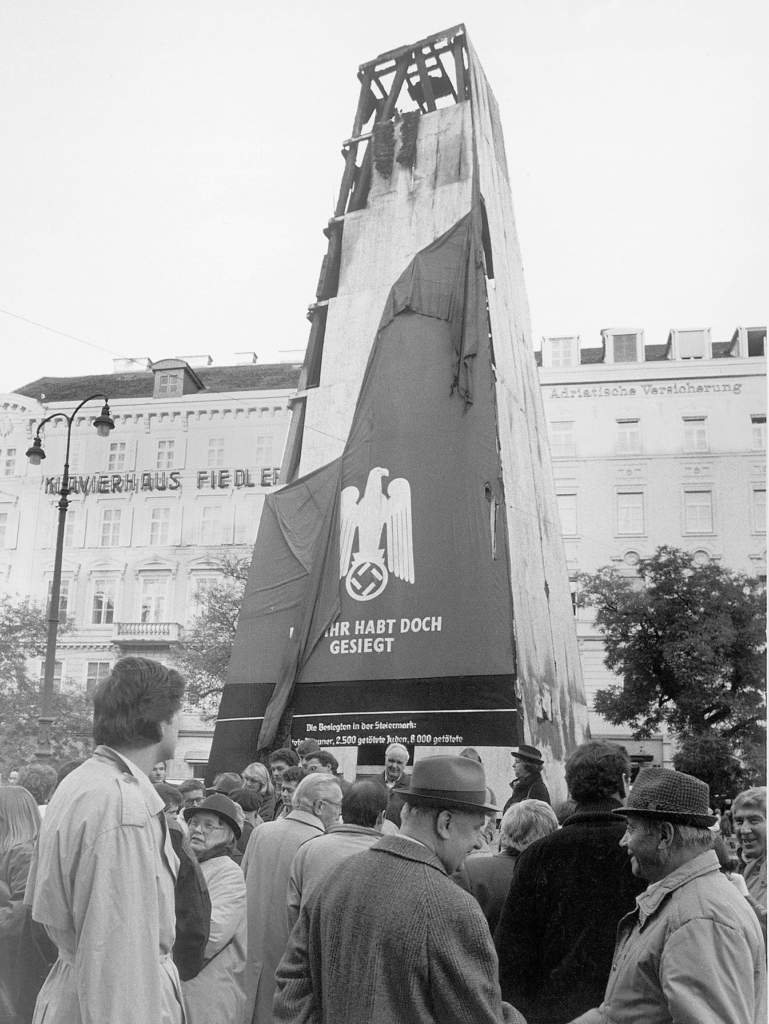
TRANSDISCIPLINARY ART-BASED RESEARCH
Convened by Dr. Rose-Anne Gush
How do we do historical research on a site? From where do we sit or stand when we think and write about history? How does our location shape our understanding of the past? What spaces, objects, barriers, or divisions inform or obscure our view? What remnants of the past persist into the present? How do we engage with the archive – its limitations, its power to elevate certain perspectives while silencing others, and its role in defining who is considered a historical actor? How can we resist, rupture, or disrupt its authority? Finding the Shape Described by an Absence invites students to work with the paradox of presence and absence in the history of a site. It conjures the ghostly and haunted dimensions of history, where what is missing or suppressed lingers as powerfully as what is visible. This course introduces forms of knowledge production that confront such hauntings, drawing on spectral methodologies to uncover the traces of what has been erased, forgotten, or silenced. Through close readings of texts by Theodor Adorno, Walter Benjamin, Avery Gordon, Michael Taussig, Saidiya Hartman, and Donna Haraway, as well as analysing and interpreting artworks, students will develop skills in transdisciplinary, art-based research. The course emphasizes radical social histories, ‘beautiful experiments’ (Hartman), and ‘history from below,’ as well as situated knowledges that challenge the violent and dehumanizing legacies of capitalist modernity. Students will develop research excercises rooted in their chosen archives, exploring methodologies that map and plot counter-narratives. By considering for whom research is developed, the course invites students to explore the merits of both disciplined and undisciplined approaches. Through this process, the course encourages students to think critically about the spectral dimensions of history - how the ghosts of the past inform the present, how they might be summoned or reckoned with. By integrating the spectral into their research, students will develop methodologies that not only uncover hidden histories but also disrupt the authority of traditional archives, creating space for new ways of knowing and being in relation to the past.
Image: Hans Haacke, Und Ihr habt doch gesiegt (1988), rekonstruierte Skulptur, nach einem Brandanschlag, bei Bezugspunkte 38/88, Am Eisernen Tor, Graz, 1988 / Hans Haacke, And You Were Victorious After All (1988), reconstructed sculpture after an arson attack at Bezugspunkte 38/88, Am Eisernen Tor, Graz, 1988; Sammlung Generali Foundation – Dauerleihgabe am Museum der Moderne Salzburg / Generali Foundation Collection—Permanent Loan to the Museum der Moderne Salzburg, © Generali Foundation, Hans Haacke / Bildrecht (2025), Wien / Vienna; Foto / Photo: Angelika Gradwohl.